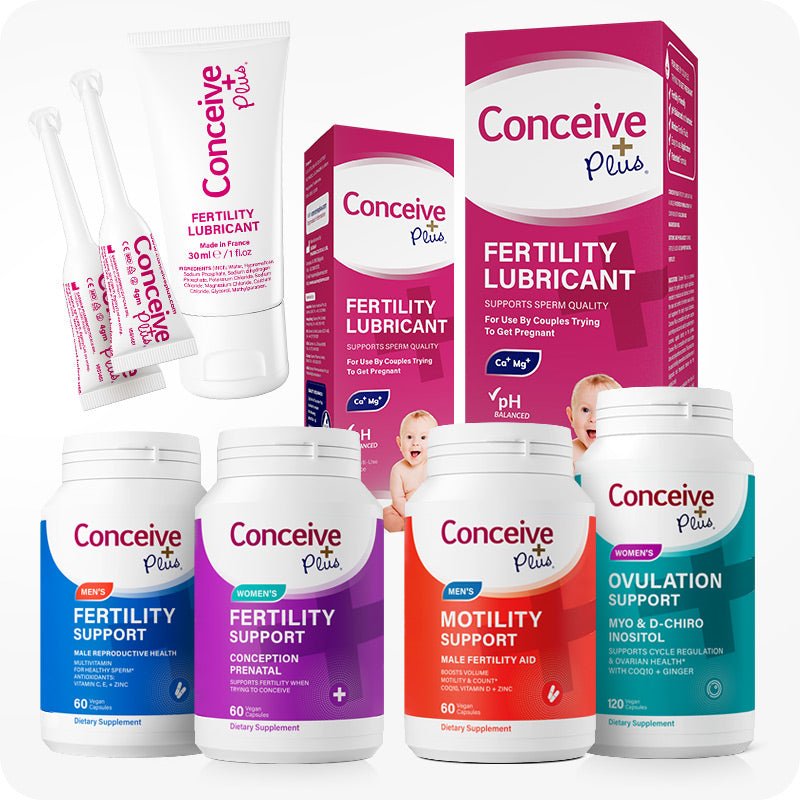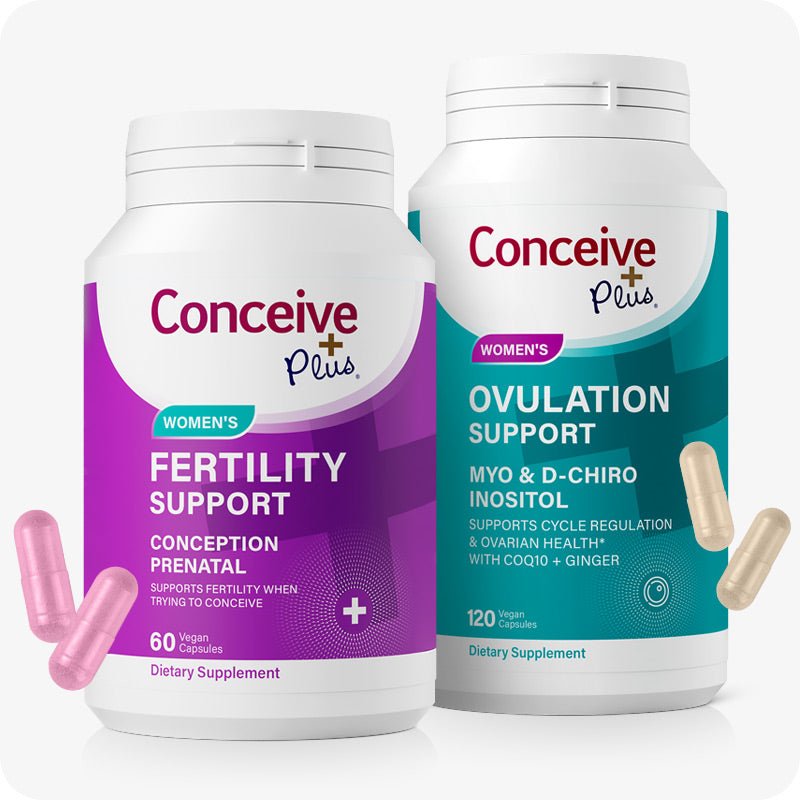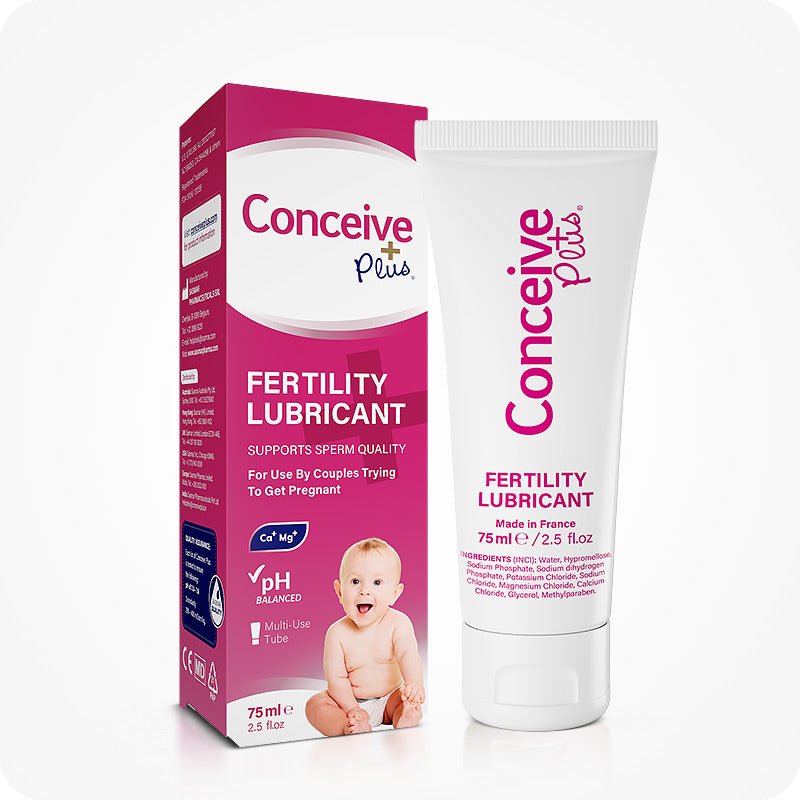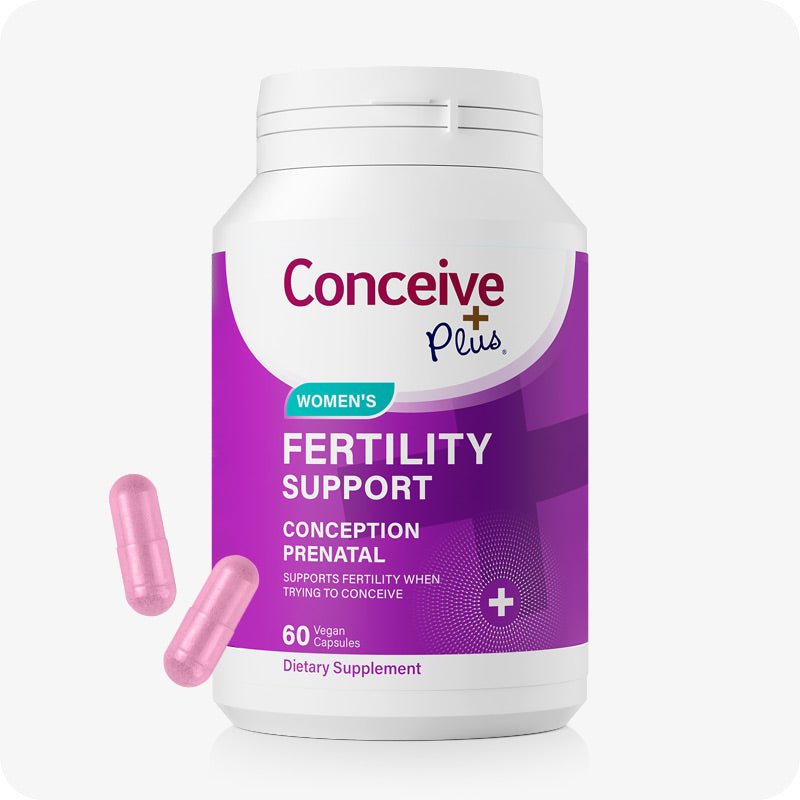3 Weeks Pregnant Discharge: What You Need to Know
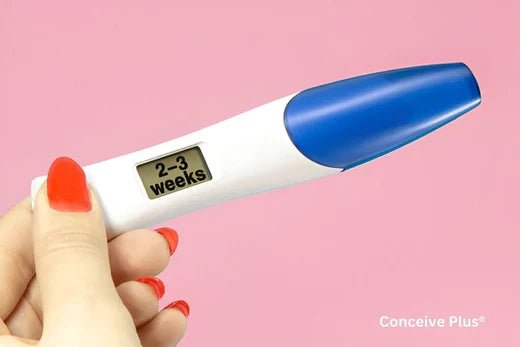
At 3 weeks pregnant, most people are just beginning to notice the earliest symptoms of pregnancy, though some may not even be aware they’re expecting yet. One of the early indicators for many is changes in cervical mucus or vaginal discharge, which can provide clues about what’s happening in the body. Here, we’ll explore what you might expect regarding discharge during early pregnancy, how it differs from typical premenstrual signs, and what changes may continue in the coming weeks.
What Happens to Discharge at 3 Weeks Pregnant?
At this stage, if conception has occurred, the fertilized egg is moving through the fallopian tube and preparing to implant in the uterine lining. During early pregnancy, hormone levels, particularly estrogen and progesterone, start to rise, which can lead to an increase in vaginal discharge. Known as leukorrhea, this thin, milky-white discharge is generally odorless or has a mild odor. Incorporating fertility supplements with nutrients like folate, zinc, and CoQ10 can support hormonal balance and prepare the body for the early stages of pregnancy, aiding in the natural processes that promote healthy discharge and overall reproductive health. Some people notice this 3 weeks pregnant discharge as one of the first indications that something has changed in their cycle [1].
White Discharge Before a Period: Sign of Pregnancy or Not?
Many wonder if white discharge before period sign of pregnancy is a reliable indicator. While white discharge can occur in the days leading up to a period, a noticeable increase in leukorrhea, or a creamier texture than usual, may hint at pregnancy. This increase in white discharge is due to the higher levels of estrogen and the body’s preparations to support the early stages of pregnancy. However, as signs of period vs pregnancy discharge can overlap, discharge alone should not be relied upon for confirmation.
Early Pregnancy Symptoms: Discharge as a Clue
As hormone levels shift, early pregnancy symptoms discharge can vary in consistency and volume, typically becoming more noticeable and slightly thicker than usual. For those wondering, is discharge an early sign of pregnancy, the answer is yes, as increased discharge is common due to the hormonal changes needed to support early pregnancy. Unlike menstrual discharge, early pregnancy discharge tends to be continuous rather than tapering off.
Discharge Progression in Early Pregnancy: From 5 to 9 Weeks
As pregnancy progresses, discharge can continue to increase due to further hormonal shifts. At 5 weeks pregnant discharge may start to become even more noticeable, with many people reporting a thin, white, or slightly yellowish discharge. By 6 weeks pregnant discharge or 6 weeks pregnant and discharge, the mucus production may increase, helping to maintain a healthy vaginal environment and reduce the risk of infections [2].
Those experiencing 6 weeks pregnant cramping and white discharge may be concerned, but mild cramping and increased discharge are typically normal as the body adjusts to the growing pregnancy. By 7 weeks pregnant discharge and discharge at 7 weeks, the body is in full swing with hormone production, and the cervix produces more mucus to form the mucus plug, which will eventually protect the uterus.
By 9 weeks pregnant discharge, the discharge may be even more abundant. It usually remains light in color, such as white or pale yellow, and maintains a thin consistency. This type of discharge is a normal part of early pregnancy and is typically not a cause for concern unless accompanied by symptoms like itching, strong odor, or discomfort, which could indicate infection.
Differentiating Pregnancy Discharge from Period Discharge
Many people want to know the difference between pregnancy discharge vs period discharge since these symptoms can feel similar. Understanding the differences in discharge before period vs early pregnancy can help you identify early signs of pregnancy. Generally, period discharge is often thicker right before menstruation and may have a darker hue, such as brown or dark yellow, as the body prepares to shed the uterine lining. In contrast, early pregnancy discharge is usually lighter in color and consistency and does not taper off as a period discharge would. Monitoring the discharge’s texture, consistency, and volume can offer subtle clues about whether menstruation or pregnancy is more likely.
Pregnancy Discharge Before a Missed Period
Some individuals notice pregnancy discharge before missed period, which may appear as a continuous flow of milky white mucus that differs from their usual cycle patterns. This can be one of the initial clues of pregnancy, particularly if other early symptoms, such as mild cramping or breast tenderness, accompany it.
For those asking, when does leukorrhea start in pregnancy, the answer varies, but many people experience an increase in discharge within the first few weeks after conception. This discharge is a normal part of pregnancy and is the body’s way of naturally keeping the vaginal area clean and free from bacteria [3].
White Discharge After Intercourse: Is It a Sign of Pregnancy?
Another common question is, "is white discharge after intercourse a sign of pregnancy?" While white discharge after intercourse can occur for various reasons, it is not necessarily a direct sign of pregnancy. However, if pregnancy has occurred, some may notice an increase in leukorrhea due to hormonal changes that can intensify after intercourse. The white discharge is more likely an early pregnancy sign if it appears with other symptoms, like tender breasts or mild nausea.
Final Thoughts on Early Pregnancy Discharge
As early as 3 weeks, pregnancy can bring subtle changes in discharge that may offer clues about what’s happening in the body. For those hoping to differentiate "signs of period vs pregnancy discharge," paying attention to color, consistency, and volume can be helpful. While white discharge is common both in early pregnancy and before a period, discharge that remains light, creamy, and odorless could hint at early pregnancy.
As pregnancy progresses, the increase in discharge typically continues, with noticeable changes by 5, 6, and 7 weeks pregnant. Though discharge may vary from one person to another, it’s generally considered normal unless it becomes unusually colored, has a strong odor, or is accompanied by discomfort, which could indicate an infection. Tracking these subtle changes can be insightful, but it’s important to remember that every pregnancy is unique and that discharge alone cannot confirm pregnancy.
Resources
- Deutchman, M., Tubay, A. T., & Turok, D. (2009). First trimester bleeding. American Family Physician, 79, 985–994. https://pubmed.ncbi.nlm.nih.gov/19514696/
- American College of Obstetricians and Gynecologists. (2019). Bleeding during pregnancy. FAQ038. Retrieved November 10, 2024, from https://www.acog.org/womens-health/faqs/bleeding-during-pregnancy
- March of Dimes. (2013). Common discomforts of pregnancy. Retrieved November 10, 2024, from https://www.marchofdimes.org/pregnancy/common-discomforts-of-pregnancy.aspx






